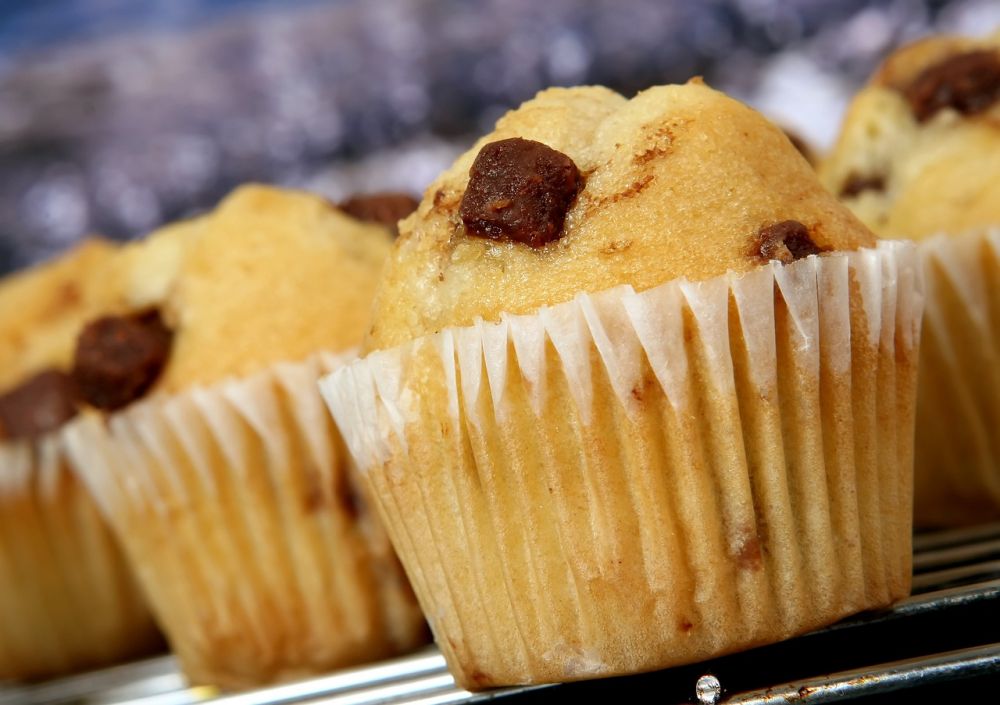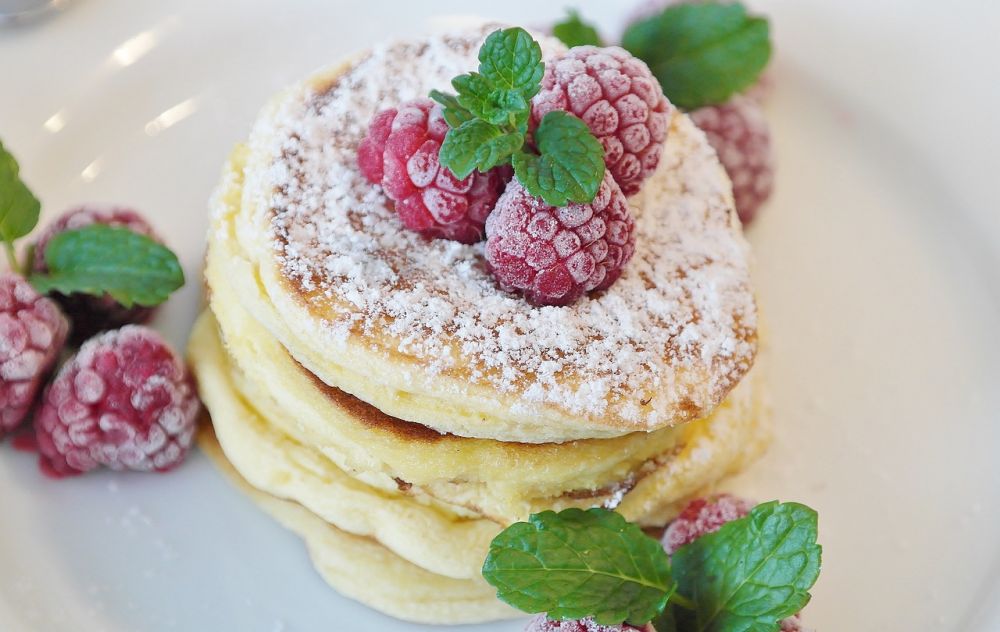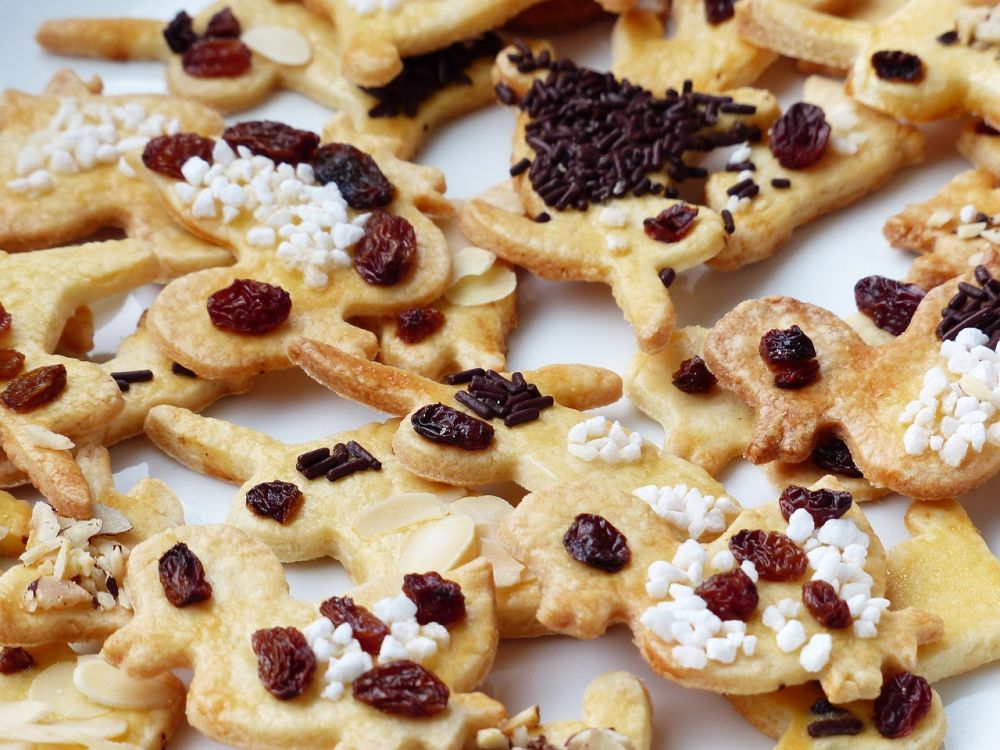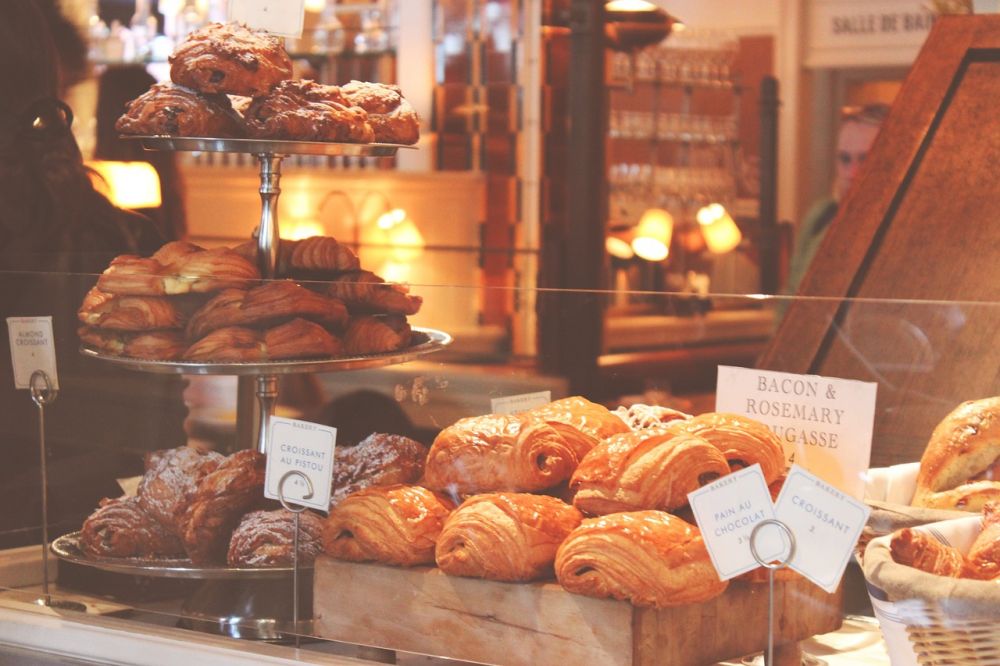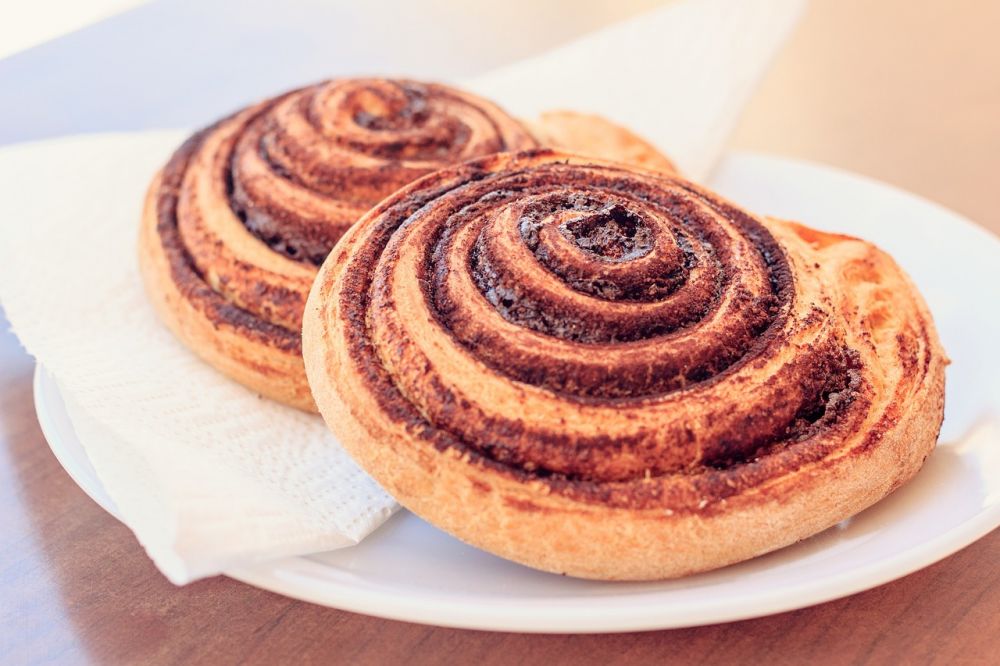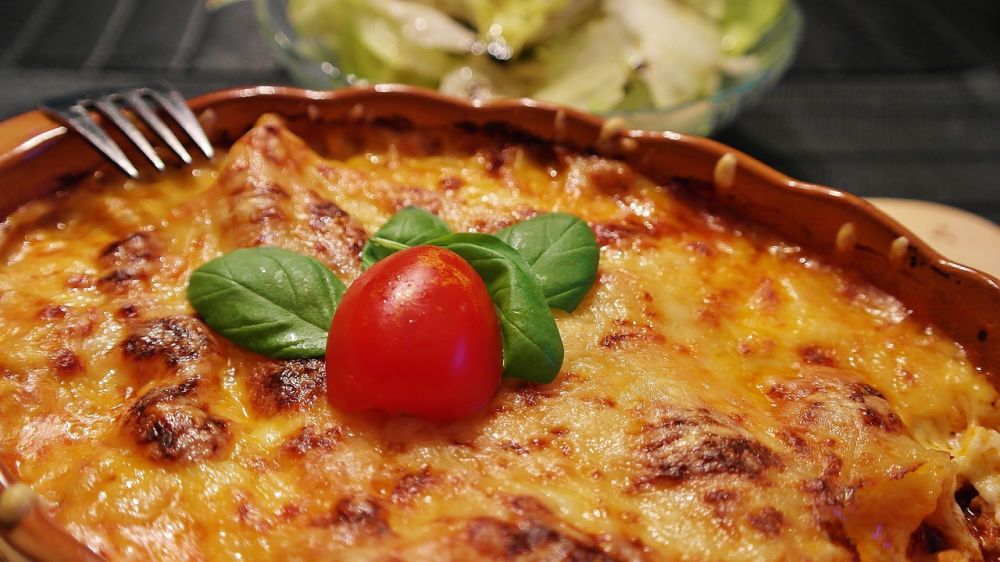Bake Cookies: The Ultimate Guide to Creating Delicious Treats
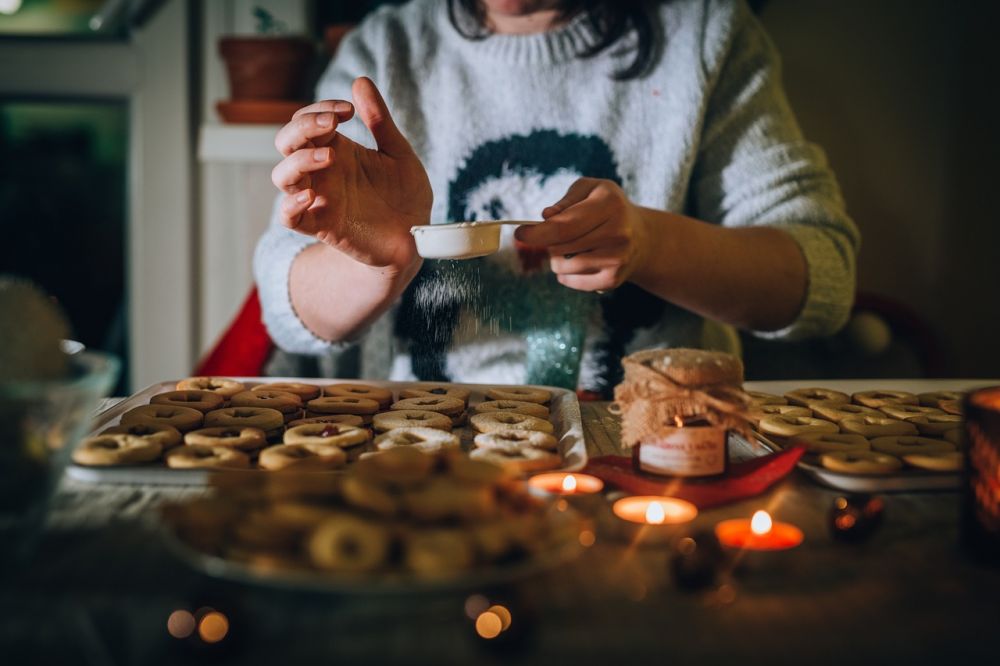
Introduction:
Baking cookies is a timeless tradition that brings joy to many, from children eagerly awaiting the sweet treats to adults enjoying a nostalgic moment. In this comprehensive article, we will delve into the world of baking cookies, exploring various types, popular recipes, quantitative measurements, distinctions between different cookies, and a historical overview of their benefits and drawbacks.
I. Understanding Bake Cookies:
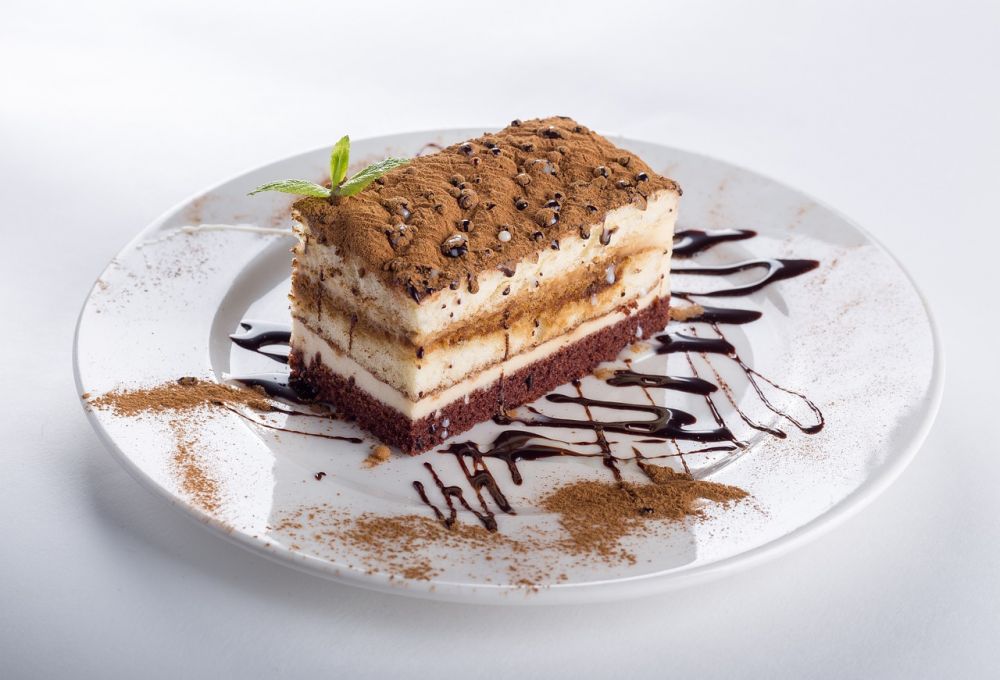
Bake cookies are a delightful and versatile baked good made from a combination of key ingredients such as flour, sugar, butter, eggs, and flavorings. The dough is kneaded, shaped, and then baked to perfection, resulting in a variety of scrumptious cookies.
II. Exploring the Different Types of Bake Cookies:
1. Chocolate Chip Cookies:
One of the most beloved kinds, chocolate chip cookies feature a soft, buttery base with melting chocolate chips. It is a classic recipe that has evolved over the years and can be easily customized with additional ingredients like nuts or dried fruits.
2. Sugar Cookies:
Sugar cookies are versatile and come in various shapes and sizes depending on holidays and occasions. These cookies are often decorated with icing, creating visually appealing treats that are a joy to eat.
3. Oatmeal Cookies:
Oatmeal cookies have a hearty texture and are perfect for those seeking a healthier alternative. They are often made with rolled oats, raisins, and spices, offering a delicious blend of flavors and a satisfying chewiness.
4. Peanut Butter Cookies:
With their distinct nutty flavor, peanut butter cookies are a favorite among both children and adults. These cookies are typically soft and have a crumbly texture, making them a delightful addition to any cookie assortment.
III. Quantitative Measurements for Bake Cookies:
Baking is a science, and precise measurements are essential for creating perfect cookies every time. Here are some standard measurements to keep in mind:
1. Flour: The most fundamental ingredient, the amount of flour used impacts the texture of cookies. For a chewier texture, measure out less flour, and for a crumblier texture, use slightly more.
2. Sugar: Different types of sugars yield different results. White granulated sugar creates a crispier texture, while brown sugar adds moisture and chewiness. Experimentation with ratios can lead to personalized cookie experiences.
3. Butter and Fat: Butter provides richness and flavor in cookies. The temperature of the butter affects the cookie’s texture, with melted butter leading to thinner and chewier cookies, while softened butter results in a more cake-like texture.
IV. Examining the Distinctions Between Different Bake Cookies:
While cookies may appear similar, there are distinct differences that set them apart:
1. Texture: Some cookies are crispy and delicate, while others are soft and chewy. The varied ratios of ingredients, baking times, and temperatures contribute to these differences.
2. Flavor Profiles: Each type of cookie boasts its unique flavor profile. From the rich chocolate taste of chocolate chip cookies to the nuttiness of peanut butter cookies, every bite offers a different sensory experience.
3. Appearance: Cookies come in various shapes, sizes, and designs, making them visually appealing. From smooth and round sugar cookies to rustic drop cookies, their aesthetic qualities add to the overall enjoyment.
V. A Historical Overview of the Benefits and Drawbacks of Different Bake Cookies:
Throughout history, bake cookies have come a long way, adapting to different cultures, tastes, and technological advancements. Here’s a closer look at their pros and cons:
1. Benefits:
– Nostalgia: Baking cookies evokes warm memories and a sense of connection.
– Versatility: Cookies offer endless possibilities for experimentation with flavors, shapes, and decorations.
– Portability: Cookies are a portable treat, making them suitable for sharing and gifting.
2. Drawbacks:
– Caloric Intake: Cookies often contain high amounts of sugar and fat, making them less suitable for individuals with dietary restrictions.
– Time-Consuming: Making cookies requires patience, preparation, and time for baking and cooling.
Conclusion:
Bake cookies have become a staple in many households and are enjoyed by people of all ages. With their wide-ranging flavors, textures, and appearances, these delectable treats provide an opportunity for creativity and joy. By understanding the basics of baking cookies, exploring various recipes, and appreciating their historical significance, we can indulge in the simple pleasure of creating and enjoying these delightful treats. So grab your apron, gather your ingredients, and embark on a delicious baking adventure!
